 As a follow-up to the blog on CARE-ing for a Friend/ Family Member who is Misusing Drugs or Alcohol, I’d like to share some practical tools customized for parents and partners, the first tool being a 20minuteguide. It includes motivational techniques for behavioral change, worksheets, and examples of how to apply and practice CRAFT, Community Reinforcement, and Family Training strategies with your loved one. This approach was developed by Dr. Robert Meyers at the University of New Mexico and is known as the leading evidence-supported way to help partners and families support loved ones who are using substances.
As a follow-up to the blog on CARE-ing for a Friend/ Family Member who is Misusing Drugs or Alcohol, I’d like to share some practical tools customized for parents and partners, the first tool being a 20minuteguide. It includes motivational techniques for behavioral change, worksheets, and examples of how to apply and practice CRAFT, Community Reinforcement, and Family Training strategies with your loved one. This approach was developed by Dr. Robert Meyers at the University of New Mexico and is known as the leading evidence-supported way to help partners and families support loved ones who are using substances.
Here is a list of several of the skills CRAFT teaches:
- Understanding a loved one’s triggers to use substances
- Positive communication strategies
- Positive reinforcement strategies – rewarding non-using behavior
- Problem-solving
- Self-care
- Domestic violence precautions
- Getting a loved one to accept help
The CRAFT approach utilizes a behavioral perspective as a way to think about problems. Family members who are trained in CRAFT are found to have greater success in their loved one seeking help and decreasing or stopping the misuse of substances. It takes time to rebuild trust when there are ruptures in the relationship due to substance use. These strategies offer techniques based on research that will help you focus on your own mental health and well-being while learning practical ways to communicate and help implement positive behavioral change.
Since expressing concerns was #1 on CARE-ing for a Friend/ Family Member who is Misusing Drugs or Alcohol, I’d like to offer a “sneak peak” at some of the great CRAFT skills by sharing an acronym for a communication skill that will help express with LOVE: Listening. Offering. Validating. Empathizing. The first two letters (L,O) are specifically related to communication whereas the last two letters (V,E) are more about setting up a respectful environment to have effective communication.
L=Listening
Listening is such an important component of communication. Incorporating motivational interviewing techniques of open-ended questioning, affirming, reflective/ active listening, and summarizing is a very effective approach to listening.
Open-ended questions are asked by inviting dialogue, as the response goes beyond a simple one word answer. For example, asking “Did your interview go well?” is likely to generate a much shorter response than “What was your experience like in the interview?” The second example creates space to learn more about the individual’s thoughts and feelings rather than a yes/ no response. It also demonstrates interest, inviting a back and forth dialogue rather than just seeking a response to a question.
Affirmations are a way to support by being attentive to listen for the positives and acknowledging this. Giving a specific affirmation is helpful in reinforcing and praising another in a positive direction. It feels good to have positive things acknowledged such as one’s effort. “I notice that you really worked hard on your homework”. It also feels good to be appreciated and feel supported. “I appreciate your sense of humor”. “You made my day”. Noticing positives and giving affirmations is so powerful.
Reflections are also known as active listening. In this approach, you are paraphrasing what you hear the other person communicating. For example, “I hear you say that you were really hurt by the situation”. Reflections are helpful to make sure that you understand what is communicated and the other person knows that you understand.
Summaries help tie in all the above and show that you were actively listening.
O=Offering
The “information sandwich” is a three step technique (think bread, filling, bread) that includes elements of asking permission to offer, layering information in the middle, and checking back or clarifying.
Asking permission – By asking permission you are allowing yourself to be “let in,” which can feel more respectful than not asking permission and just “letting yourself in”. It sets the tone for a more comfortable conversation, no matter how uncomfortable the topic may be. For example, “May I share a thought I had about…?” “Can I ask you a question?”. Allowing yourself to be let in, it creates a sense of safety where others can feel some sense of control. It also gives you a sense that the other person is in a position to truly listen.
Providing information – Once permission is given, then provide information or feedback. It helps to be given options and allows space for disagreement. Each person has the right to their own thoughts and feelings. It is also important to remember to offer your thoughts rather than imposing them one someone.
Checking back or clarifying – This is considered the final layer of the “sandwich” in which you check or clarify that the information communicated was received. You want to ensure that the information was understood and also check in about how it was received. For example, “I wanted to check back about…”.
V=Validating
Validating is all about acknowledging one’s experience in the effort of promoting a feeling of being understood and accepted as well as that their thoughts and feelings are valid.
E=Empathizing
Empathizing is a way to convey an understanding of your partner’s experience without the need for many words e.g. “That sounds awful” or “I would have felt ___ too”. This strategy can help one open up on more vulnerable topics by reducing feelings of shame. Paying special attention to tone and attitude is important. Responding when emotions are heightened is not going to be as effective as words expressed through a lens of compassion.
I encourage you to set aside 20 minutes each day to practice CRAFT skills with a loved one who is misusing drugs or alcohol and see how this can help rebuild trust within the relationship. These skills take time to develop. Practicing within the context of a structured supportive environment such as therapy can be helpful. Imagine the possibilities of a relationship where each individual feels heard and understood through communicating with L. O. V. E.
Start developing and practicing your L.O.V.E. approach with a CARE Counseling clinician today.
We’re Here to help
Our wellness experts will be happy to take care of you. You can CLICK HERE to schedule an appointment now or call (612)223-8898.
Meet Clinicians
We’re united by our commitment to providing effective, relevant, and innovative mental health support at all stages of your journey. Click Here to find out more about who we are, where we come from, and how we live out CARE’s mission every day.
The professionals at CARE are actively collecting and creating resources to help with what you need. We’re Here for You.


